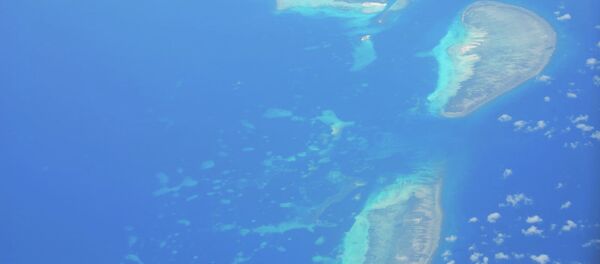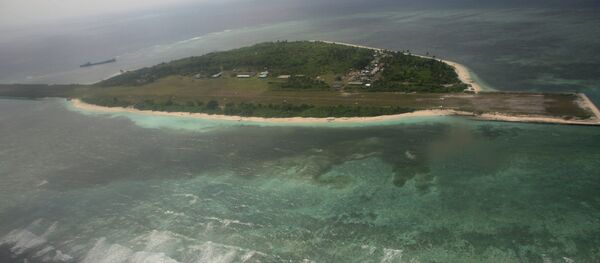This week, China and the ten-nation Association of Southeast Asian Nations (ASEAN) met in Kuala Lumpur, Malaysia. Much of the talks centered on the tensions that have arisen in the South China Sea.
Beijing’s construction of artificial islands, focused largely in the Spratly archipelago, has caused a wave of outrage from other nations in the region. While Beijing has repeatedly stated that its goals are largely humanitarian, Pacific nations – including the United States – have urged China to stop its reclamation.
According to Chinese Foreign Minister Wang Yi, that wish has been granted.
"China has already stopped," he told reporters on Wednesday. "You just take an airplane to take a look."
That comment was more than likely a reference to provocative surveillance flights conducted by the US over Chinese territory.
US Secretary of State John Kerry also met with Wang in Kuala Lumpur, where he reportedly urged Beijing to halt "problematic actions" in the region.
"China is always committed to working with the countries concerned to resolve disputes through peaceful negotiation," Mr. Wang said in response, according to a statement from the Chinese Foreign Ministry.
"Countries that are not in the region should respect the efforts made by China and ASEAN countries."
The Unites States has been pressuring Pacific allies into countering an alleged Chinese influence. The Pentagon has conducted a number of joint military exercises in the region, with countries including Indonesia and the Philippines.
Washington’s fear mongering appears to paying off. Speaking to reporters on Wednesday, Philippines foreign ministry spokesman Charles Jose expressed continued alarm over the artificial islands.
"At the same time, China announced they are moving on to Phase 2, which is construction of facilities on the reclaimed features," Jose said. "The Philippines views these activities as destabilizing."
A number of other nations have also constructed artificial islands in the region, as well, including the Philippines.
The South China Sea is a fiercely contested region through which roughly $5 trillion in trade passes annually. While China claims most of the waterway, there are overlapping claims by Taiwan, the Philippines, Indonesia, Vietnam, Malaysia, and Brunei.




